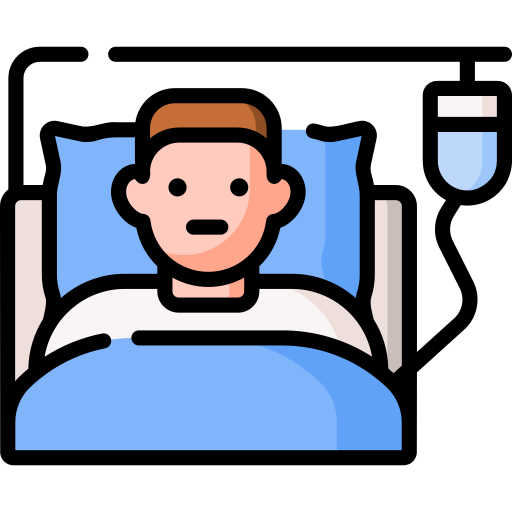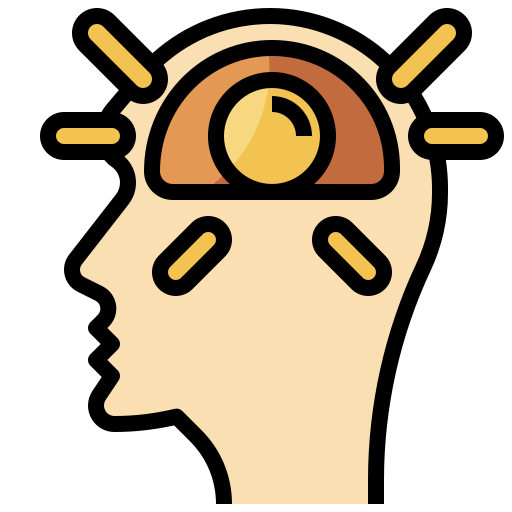PART A_1
Let’s introduce ourselves to each other.
自己紹介をしましょう。
PART A_2
My name is ________________. What is your name?
PART A_3
I am ________________. Nice to meet you.
PART A_4
Nice to meet you too, ________________. What other foreign language would you like to learn?
PART A_5
________________________________. How about you?
PART A_6
________________________________. Let’s begin our lesson!
PART B_1
We’ll read aloud the words and expressions below. Please repeat after me.
I will check your pronunciation.
I will check your pronunciation.
単語、表現を音読します。講師に続いて読みましょう。講師は発音を確認します。
(Please send the mispronounced words and expressions to your student.)
PART B_2
 |
organization
組織
|
 |
patient
患者
|
 |
clearly
はっきり、明らかに
|
 |
researcher
研究者
|
 |
communicate
意思の疎通
|
PART B_3
Now, let’s review some words from part B_2.
ではいくつかの単語を復習してみましょう。
(Please review the mispronounced words and expressions from part B_2.)
PART B_4
PART C_1
Please read the passage below. I will check your pronunciation and intonation.
パッセージを読みましょう。講師が発音、イントネーションについて確認します。
PART C_2
Learning a Foreign Language
In Japan, I work as a doctor. Every summer, I volunteer for four weeks at a non-profit organization (NGO). When I go to different countries, there are a lot of health issues. The members of the NGO’s team come from many nations and speak a variety of languages. We communicate in English both inside the team and with local doctors and patients. Also, I have discovered that I need to communicate clearly and carefully.
I work as a computer scientist for a California-based research group. From my own experience, one thing regarding language is certain: you will learn it when you need it. In high school, I did not put much effort into studying English. However, I understood that I needed to learn foreign language skills when I was a university student. As an Al researcher, I now consult Chinese articles and listen to German news bulletins. In addition, I make presentations and prepare papers in English.
PART C_3
Now, let’s review some words and expressions from part C_2.
ではいくつかの単語、文章を復習してみましょう。
(Please review your student’s answers by sending the correct answers in complete sentences. After that, ask your student to read aloud his or her corrected answers.)
PART C_4
PART D_1
Now, please fill in the blanks to answer the following questions.
I will check if your sentences are complete and if the grammar is correct.
I will check if your sentences are complete and if the grammar is correct.
空欄を埋めて、質問に答えましょう。講師は文法と完全な文章であるかを確認します。
PART D_2
| 1. | What language do the members of the NGO use to communicate with each other? |
| Answer: | The members ________________. |
| 2. | What did the writer discover regarding language? |
| Answer: | The writer discovered __________. |
| 3. | What did the writer realize in the university? |
| Answer: | The scientist realized _________. |
PART D_3
Now, let’s review your answers.
では、あなたの答えを復習してみましょう。その後、修正したあなたの答えを読んでみましょう。
(Please review your student’s answers by sending the correct answers in complete sentences. After that, ask your student to read aloud his or her corrected answers.)
PART D_4
PART E_1
Now, please look at the picture below. Tell three things about the picture.
I will check if your sentences are complete and if the grammar is correct.
I will check if your sentences are complete and if the grammar is correct.
下の写真を見てください。写真について、わかることを3つ教えてください。講師は文法と完全な文章であるかを確認します。
PART E_2

| 1. | . | |
| 2. | . | |
| 3. | . |
PART E_3
Now, let’s review your answers.
では、あなたの答えを復習してみましょう。その後、修正したあなたの答えを読んでみましょう。
(Please review your student’s answers by sending the correct answers in complete sentences. After that, ask your student to read aloud his or her corrected answers.)
PART E_4